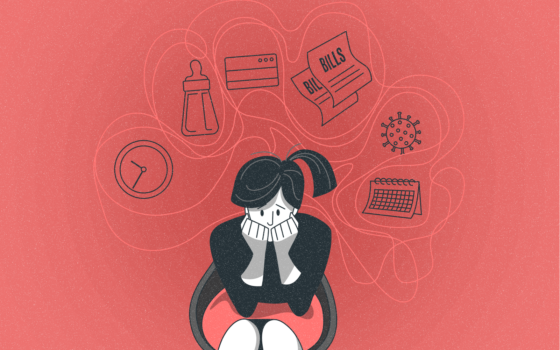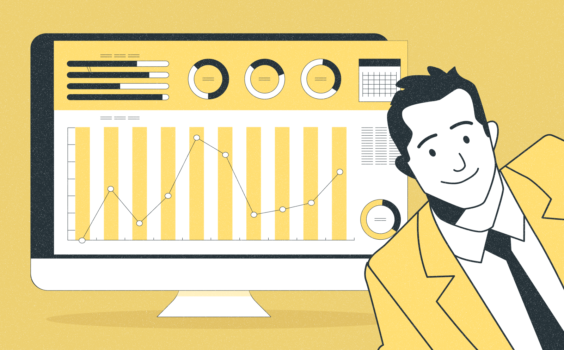What Is Project Burndown?
Project burndown is a visual representation of work progress over time, typically used in Agile project management. It tracks remaining work against a project timeline, helping teams monitor progress, identify delays, and forecast completion dates. Key points: • Visual tool for tracking project progress • Common in Agile and Scrum methodologies • Helps identify delays and forecast completion • Can be applied to sprints or entire projects
In the fast-paced world of project management, keeping track of progress and ensuring timely delivery is crucial. One powerful tool that has gained significant traction in recent years is the project burndown. This comprehensive guide will delve into the intricacies of project burndown, its applications, benefits, and potential pitfalls.
What is a Project Burndown?
A project burndown is a graphical representation of work left to do versus time. It's a key component of Agile project management methodologies, particularly Scrum, but its utility extends far beyond these frameworks. The chart typically shows two lines:
- An ideal work remaining line
- An actual work remaining line
The gap between these lines provides instant insight into whether a project is ahead of schedule, on track, or falling behind.
Types of Burndown Charts
There are primarily two types of burndown charts used in project management:
1. Sprint Burndown
A sprint burndown chart tracks the completion of work during one sprint, typically lasting 2-4 weeks in Scrum methodology.
2. Product/Release Burndown
This type of burndown chart tracks the progress of an entire project or a significant release, which may span multiple sprints.
| Type | Duration | Focus |
| Sprint Burndown | 2-4 weeks | Single sprint progress |
| Product/Release Burndown | Entire project duration | Overall project or release progress |
Creating a Project Burndown Chart
To create a project burndown chart, follow these steps:
- Determine the total amount of work to be completed (often measured in story points or hours)
- Decide on the time frame (sprint duration or project length)
- Plot the ideal burndown line from the total work at the start to zero at the end
- Update the actual work remaining line daily or at regular intervals
Many project management tools like Jira, Trello, and Microsoft Project offer built-in burndown chart functionality. However, it's also possible to create these charts manually using spreadsheet software like Microsoft Excel or Google Sheets.
Benefits of Using Project Burndown
Project burndown charts offer numerous advantages to project managers and team members alike:
- • Visibility: Provides a clear, visual representation of project progress
- • Early Warning: Helps identify potential delays or issues early in the project lifecycle
- • Motivation: Can serve as a motivational tool for team members
- • Communication: Facilitates easy communication of project status to stakeholders
- • Forecasting: Allows for more accurate prediction of project completion dates
According to a 2023 survey by the Project Management Institute (PMI), 76% of Agile teams reported improved project visibility after implementing burndown charts, leading to a 22% increase in on-time project deliveries.
Potential Pitfalls and Limitations
While project burndown charts are powerful tools, they're not without their limitations:
- • Scope Changes: They don't handle scope changes well, which can distort the chart
- • Quality Oversight: They focus on quantity of work, not quality
- • Complexity Ignorance: All tasks are treated equally, regardless of complexity
- • Dependency Blindness: They don't show task dependencies or critical paths
It's crucial to use burndown charts in conjunction with other project management tools and metrics for a comprehensive view of project health.
Burndown vs. Burnup Charts
While burndown charts track remaining work, burnup charts show completed work over time. Here's a comparison:
| Feature | Burndown Chart | Burnup Chart |
| Focus | Work remaining | Work completed |
| Direction | Decreases over time | Increases over time |
| Scope Changes | Difficult to represent | Easily visualized |
| Psychological Impact | Can be demotivating if behind | Generally more positive |
Both charts have their place in project management, and many teams use them in tandem for a more comprehensive view of project progress.
Financial Impact of Project Burndown
The financial benefits of using project burndown charts can be significant. A 2024 report by McKinsey & Company found that large IT projects typically run 45% over budget and 7% over time. However, companies that effectively used visual project management tools like burndown charts reduced these overruns by an average of 21%.
Let's consider a hypothetical project with a budget of £1,000,000 (approximately $1,270,000 USD):
| Scenario | Cost Overrun | Total Cost |
| Without Burndown Charts | 45% | £1,450,000 ($1,841,500 USD) |
| With Burndown Charts | 24% | £1,240,000 ($1,574,800 USD) |
In this example, the use of burndown charts could potentially save £210,000 ($266,700 USD) – a significant amount that could be reinvested in other areas of the business.
Best Practices for Implementing Project Burndown
To maximize the benefits of project burndown charts, consider these best practices:
- Update regularly: Ensure the chart is updated daily or at least several times a week for accuracy
- Make it visible: Display the chart prominently where all team members can see it
- Discuss in meetings: Review the burndown chart in daily stand-ups or sprint planning meetings
- Combine with other metrics: Use burndown charts alongside other project health indicators
- Educate the team: Ensure all team members understand how to read and interpret the chart
- Adjust for scope changes: If scope changes occur, consider re-baselining the chart
Future Trends in Project Burndown
As project management continues to evolve, so too does the application of burndown charts. Some emerging trends include:
- AI-powered predictions: Machine learning algorithms analyzing historical data to predict future burndown trends
- Real-time updates: Integration with project management tools for instantaneous chart updates
- 3D burndown charts: Adding a third dimension to represent additional project variables
- Customizable weightings: Allowing teams to assign different weights to tasks based on complexity or importance
According to a 2024 report by Forrester Research, 63% of project management software providers plan to incorporate AI-powered predictive analytics into their burndown chart features within the next two years.
Conclusion
Project burndown charts have become an indispensable tool in modern project management. They offer a simple yet powerful way to visualize project progress, identify potential issues early, and keep teams aligned towards their goals. While they have some limitations, when used in conjunction with other project management techniques, burndown charts can significantly improve project outcomes, reduce overruns, and enhance team communication.
As we move further into 2024 and beyond, we can expect to see continued innovation in how burndown charts are used and implemented. From AI-powered predictions to more sophisticated visualizations, these tools will undoubtedly play a crucial role in shaping the future of project management.
Remember, the key to success with project burndown charts lies not just in their creation, but in how teams interpret and act upon the information they provide. When used effectively, they can be a powerful catalyst for project success and team empowerment.
References
By leveraging the insights provided by project burndown charts and staying abreast of emerging trends, project managers can navigate the complexities of modern projects with greater confidence and success.


